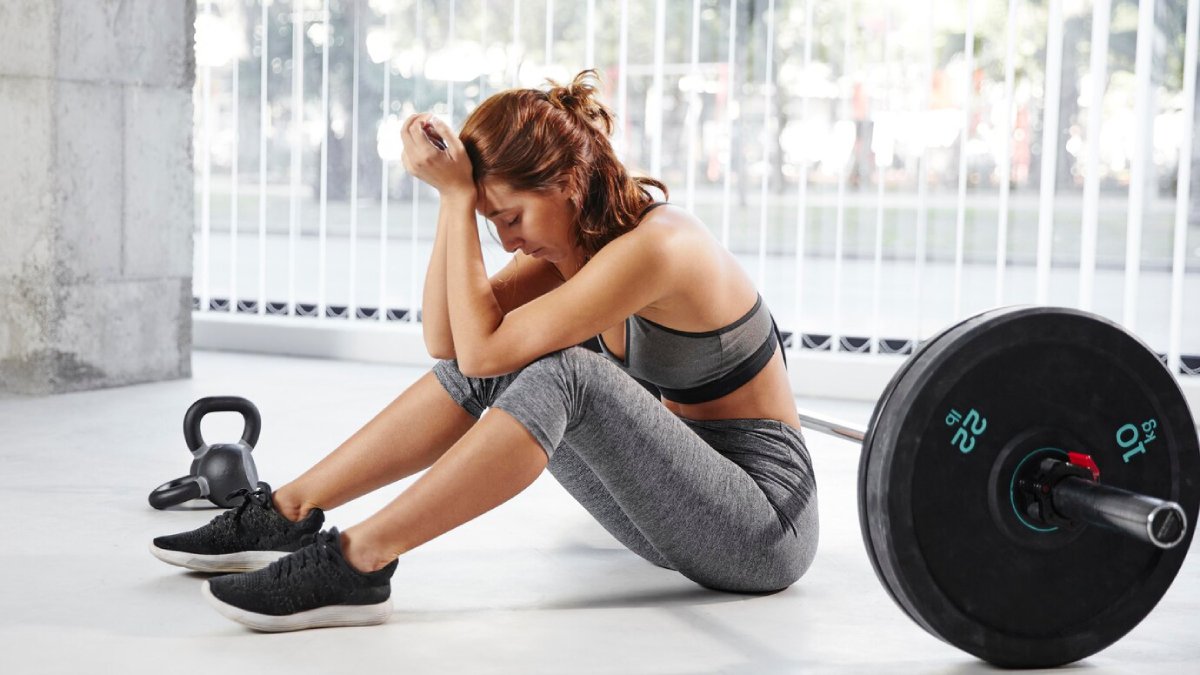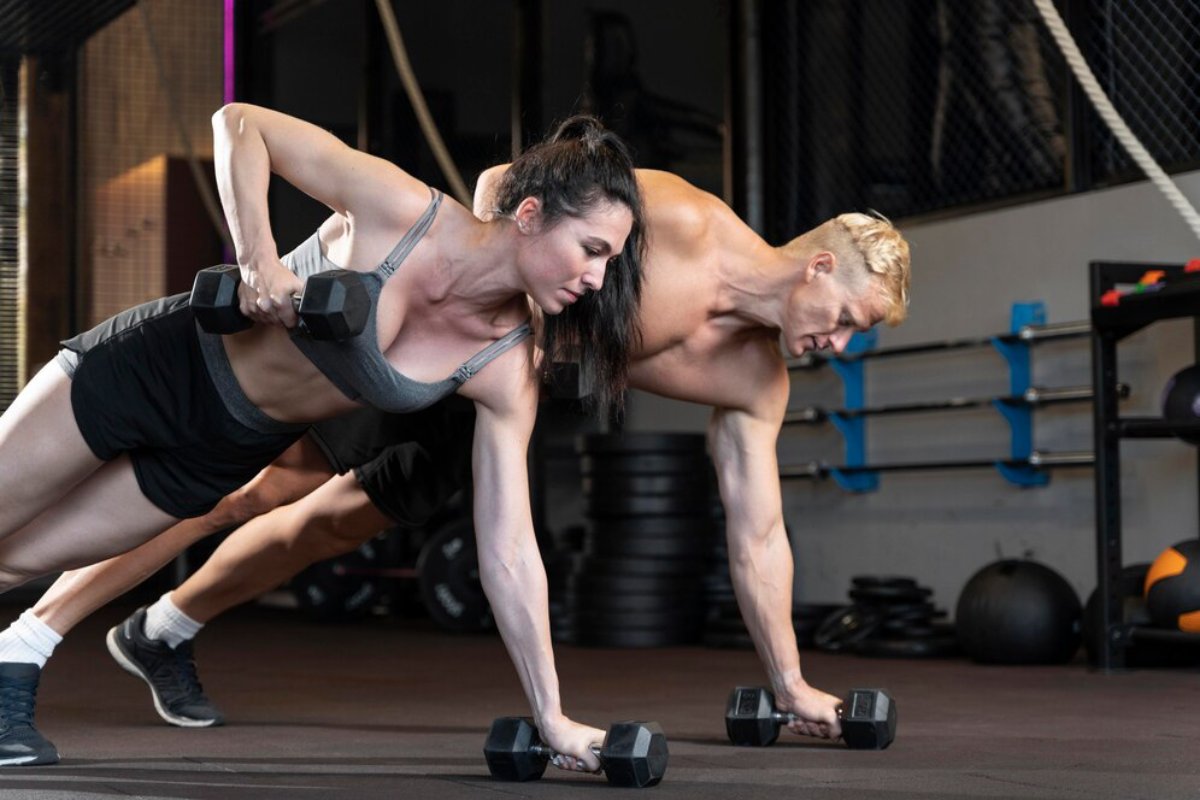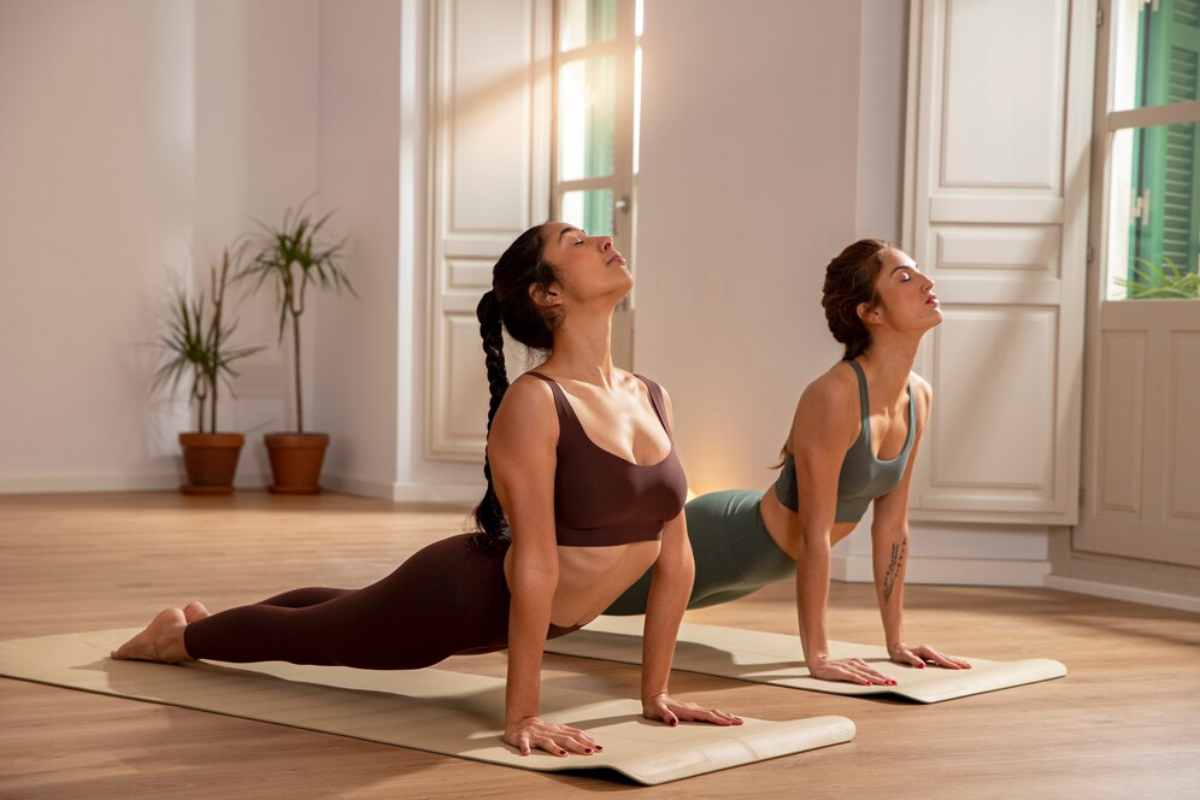
Active Recovery: Stay Mobile Without Losing Gains
In fitness and athletics, the high-intensity workout trumps active recovery. But it’s essential to incorporate it into your routine. Active recovery will still help you maintain mobility, prevent injuries, and retain the strength that you’ve worked for.
This guide will cover:
- Why is active recovery essential?
- Mobilisation drills for improved flexibility
- The benefits of foam rolling.
By the end, you’ll know how to add active recovery to your fitness plan. This will help you stay agile and progress without overloading your body.
What Is Active Recovery?
Active recovery means doing low-intensity movements after strenuous exercise. The goal is to boost blood flow, ease soreness, and speed up muscle recovery without stressing your body. Unlike passive recovery, which is total rest, active recovery keeps you moving, enhancing your overall fitness.
Key Benefits of Active Recovery
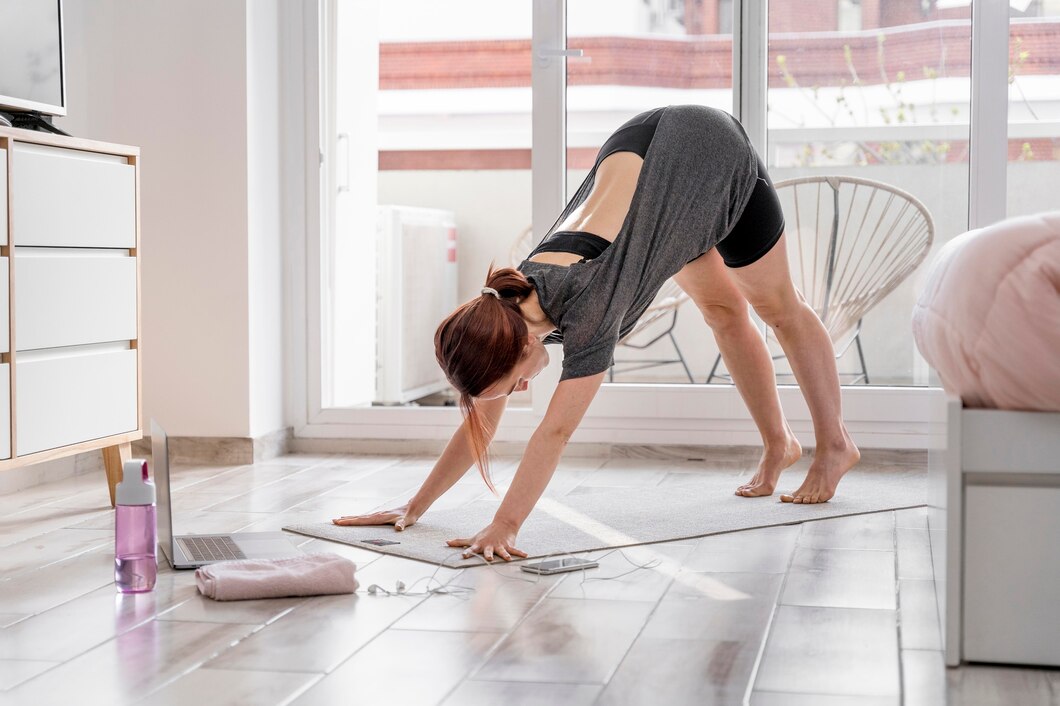
Why Active Recovery Matters
- Reduces Muscle Soreness and Stiffness
- After intense workouts, muscles build up the waste that causes soreness, known as DOMS (Delayed Onset Muscle Soreness).
- Low-intensity movements improve blood flow, flushing out toxins and easing stiffness.
- Maintains and Improves Mobility
- Regular mobility exercises keep joints flexible and functional.
- This counters the effects of ageing, preventing stiffness and enhancing movement.
- Supports Mental Health
- Gentle exercises provide relaxation and stress relief.
- Active recovery is a chance to reflect, reset goals, and maintain motivation.
Quick Guide for Active Recovery

Step 1: Mobility Drills for Flexibility and Joint Health
Mobility exercises boost the range of motion and prevent stiffness. Here are some effective drills:
Dynamic Stretching
- Leg Swings: Stand by a wall and swing one leg forward and back.
- Arm Circles: Extend arms and make slow circles to loosen shoulders.
- Torso Twists: Rotate your upper body side to side while keeping your feet planted.
Yoga and Pilates
- Use yoga poses like Downward Dog, Child’s Pose, and Cat-Cow Stretch to improve flexibility.
- Pilates builds core strength while enhancing balance.
Pro Tip: Spend 5-10 minutes on mobility drills after intense workouts to stay limber.
Step 2: Foam Rolling for Muscle Recovery
Foam rolling, or self-myofascial release, helps relieve muscle tightness and boosts circulation.
Choosing the Right Foam Roller
- Soft Foam Rollers: Good for beginners or those with sensitivity.
- Firm Foam Rollers: For deeper muscle penetration.
- Textured Rollers: Mimic deep-tissue massage for tough knots.
How to Foam Roll Effectively
- Target the Right Areas: Focus on tight or sore muscle groups.
- Apply Steady Pressure: Use body weight to control intensity.
- Roll Slowly: Spend 1-2 minutes on each area, pausing on tight spots for 20-30 seconds.
Common Foam Rolling Areas
- Calves: Eases tightness from running.
- Quadriceps: Helps with knee pain and hip mobility.
- Hamstrings: Prevents lower back strain and boosts leg flexibility.
- Upper Back: Relieves tension from poor posture.
Pro Tip: Breathe deeply while foam rolling to enhance relaxation.
Step 3: Other Effective Active Recovery Techniques
Low-Intensity Cardio
Light cardio promotes circulation and muscle recovery.
- Walking: A simple way to stay mobile.
- Cycling: Low-impact and good for joints.
- Swimming: Reduces joint stress while providing full-body movement.
Breathwork and Meditation
- Controlled breathing improves oxygen flow and helps relax muscles.
- Meditation lowers stress and boosts well-being.
Important Tip: Add deep breathing to your cool-down routine to lower your heart rate.
Additional Expert Tips & Common Mistakes to Avoid
Best Practices for Active Recovery
- Listen to Your Body: Scale back if an activity feels too intense.
- Stay Consistent: Aim for active recovery 2-3 times weekly for best results.
- Hydrate and Eat Well: Good nutrition supports muscle repair.
Common Mistakes in Active Recovery
- Skipping Recovery Sessions: Recovery is as important as workouts—don’t ignore it.
- Overdoing It: Keep recovery light; pushing too hard can hinder repair.
- Neglecting Posture: Use the correct form in mobility drills and foam rolling to avoid strain.
Advanced Insights & Expert Recommendations
Integrating Technology into Active Recovery
- Use fitness apps to track movement and recovery.
- Wearables like heart rate monitors help gauge recovery intensity.
The Role of Professional Guidance
- A trainer or physiotherapist can create a personalised recovery plan.
- Regular assessments help adjust your routine for maximum effectiveness.
FAQs
1. How often should I do active recovery?
Aim for 2-3 times per week; plan accordingly, depending on workout intensity.
2. Can active recovery replace rest days?
Yes, if it stays low-intensity and doesn’t strain muscles.
3. Should I foam roll every day?
Yes, but focus on different muscle groups to avoid overstimulation.
4. Is yoga considered active recovery?
Absolutely. Yoga boosts flexibility, reduces stress, and aids muscle recovery.
5. How long should an active recovery session last?
Between 10 to 30 minutes, depending on your needs.
6. What is the best type of cardio for active recovery?
Walking, swimming, and cycling are excellent low-impact options.
7. Does active recovery improve performance?
Yes, it reduces fatigue and keeps muscles flexible, enhancing performance.
8. Can I do active recovery if I’m injured?
Check with a healthcare professional, but light movement often helps.
Embrace Active Recovery for Long-Term Gains
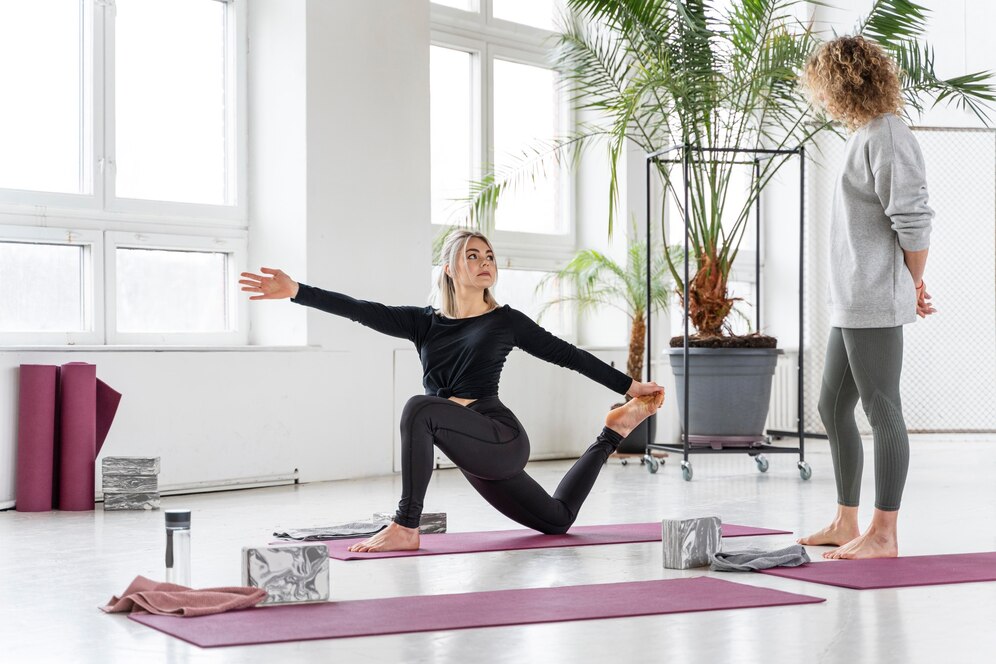
Active recovery is really important for long-term progress. It ensures your body functions well and doesn’t get injured whether you throw down a hard workout or keep it in shape with mobility drills, foam rolling, and light movement.
Key Takeaways:
- The body must rebuild, and recovery is as important as training.
- Active recovery improves mobility, reduces soreness and prevents injury.
- Different arts, from foam rolling through to light cardio.
Fill in those activity gaps with proper recovery time — no, don’t overlook it — make recovery an integral part of your fitness journey.
